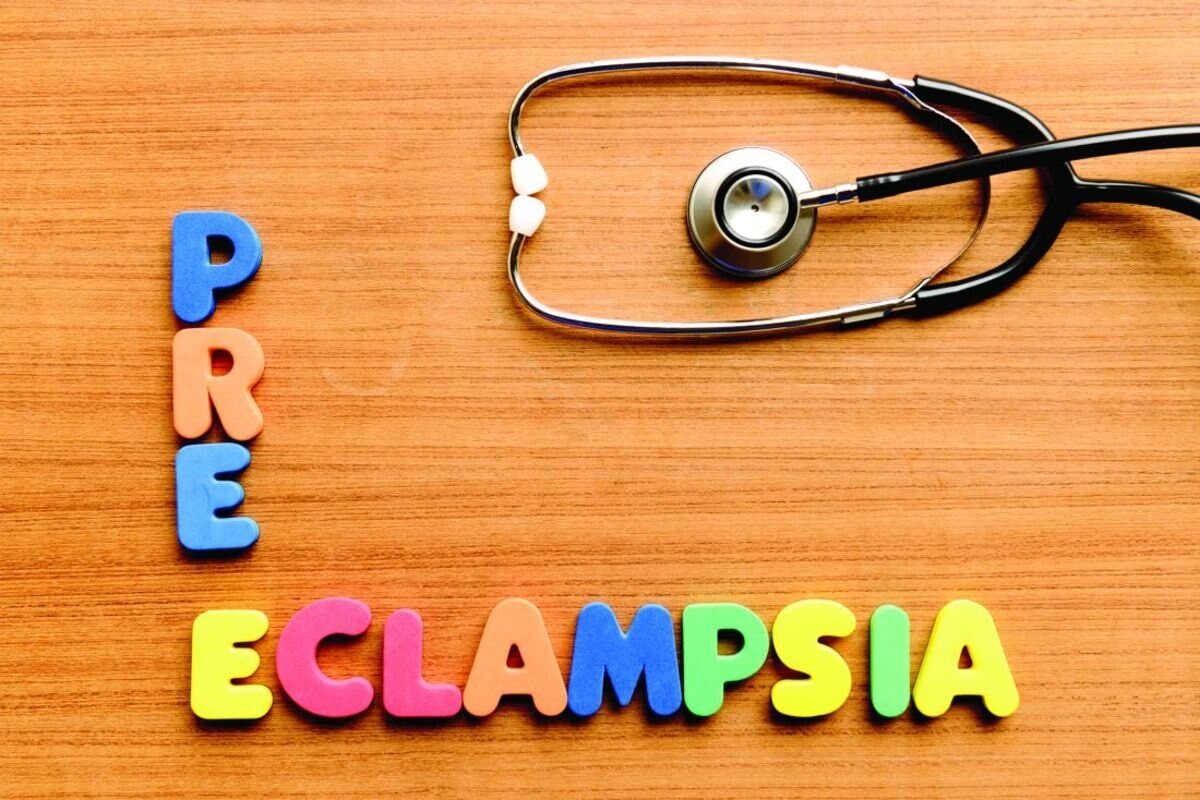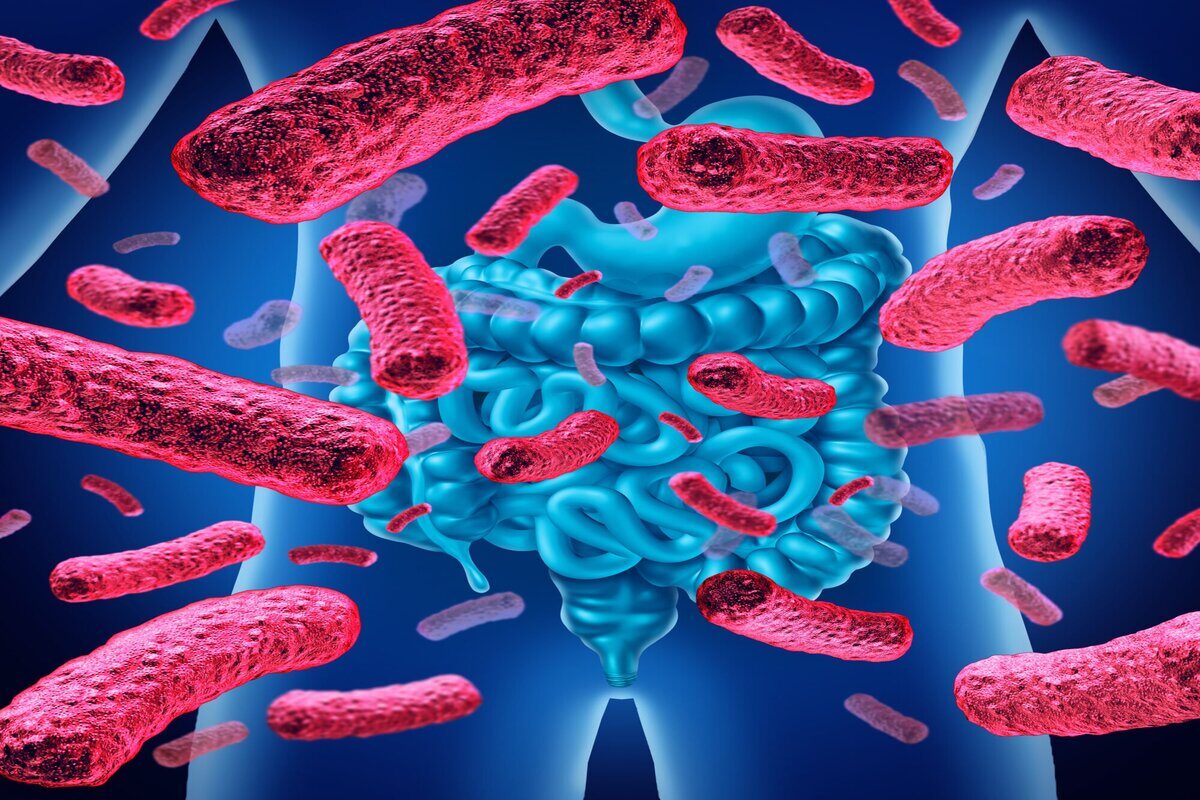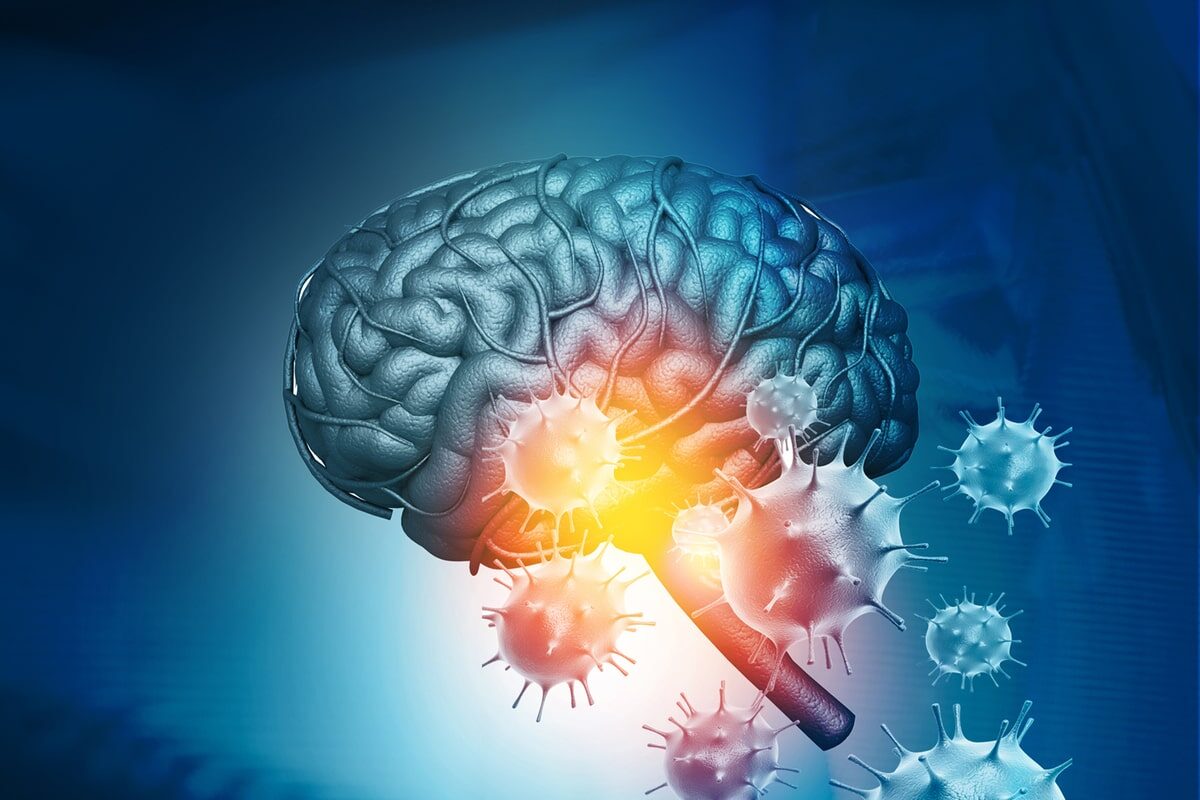Preeclampsia is a serious complication of pregnancy where the mastery of placenta is crucial. The only effective treatment option of preeclampsia remains premature delivery. Now for the first time, scientists John P. Fisher, Che-Ying Kuo and colleagues have bioprinted a 3-D model of placenta tissue that mimics the organ’s complex structure.
In preeclampsia, special cells called trophoblasts that contribute to the fetal side of the placenta and interlace with the mother’s side of the tissue do not migrate normally. Investigation of this condition remains a major challenge. Current lab models of placenta tissue are two-dimensional which makes the study strenuous. The researchers have succeeded in developing a more accurate 3-D bioprinted model of placenta tissue including trophoblasts, epidermal growth factor and other key components. In the 3-D model the growth factor diffused outward through the printed tissue from the center, and the trophoblasts migrated toward it, mimicking cell movement in real tissue.
In addition to using their 3-D model for studying the development of preeclampsia, the researchers say the demonstration of trophoblast migration toward the growth factor shows the usefulness of factors to augment cell migration. The model, reported in the journal ACS Biomaterials Science & Engineering, could lead to a better understanding of preeclampsia and the development of new treatments





